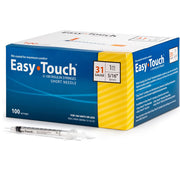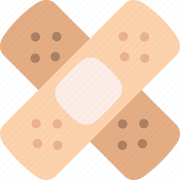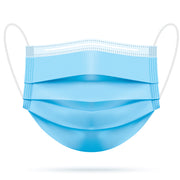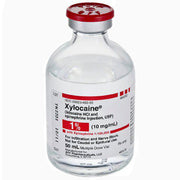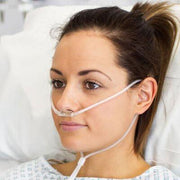on US orders over $100
on all US orders over $100
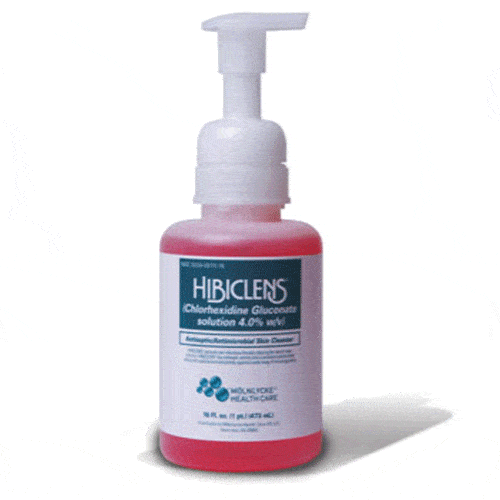 Save 24%
Save 24%
Hibiclens Antimicrobial Skin Cleanser is a hospital-grade antimicrobial skin cleanser that is effective against a broad spectrum of bacteria, virus...
View full details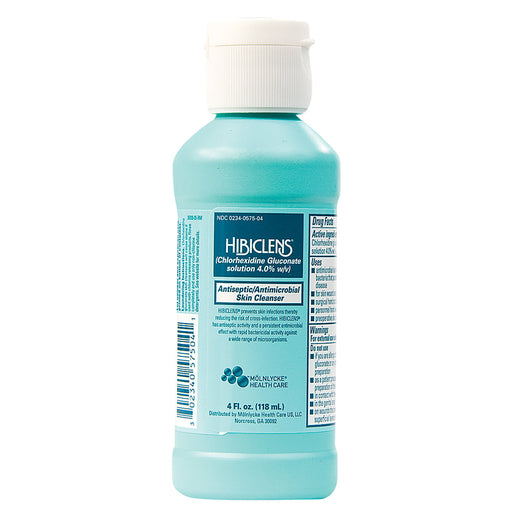 Save 32%
Save 32%
Hibiclens Antimicrobial Skin Cleanser is a hospital-grade antimicrobial skin cleanser that is effective against a broad spectrum of bacteria, virus...
View full details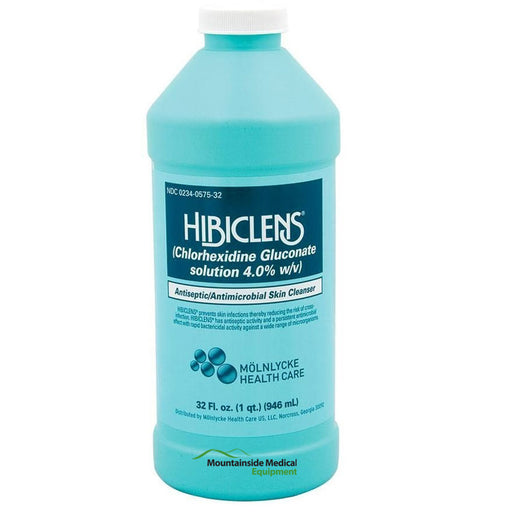 Sale
Sale
Hibiclens chlorhexidine gluconate hand sanitizing liquid is a strong antimicrobial that kills MRSA, Avian flu, C. diff (in its vegetative state), V...
View full details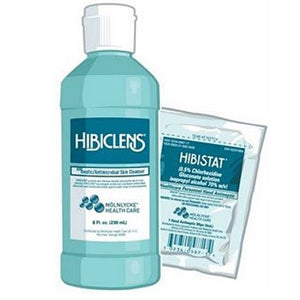 Save 29%
Save 29%
Hibiclens chlorhexidine gluconate hand sanitizing liquid is a strong antimicrobial that kills MRSA, Avian flu, C. diff (in its vegetative state), V...
View full details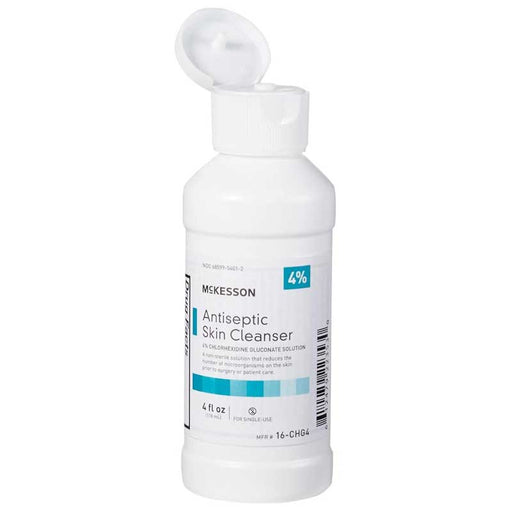 Save 41%
Save 41%
Antiseptic Skin Cleanser Chlorhexidine Gluconate (CHG) 4% is used for cleaning and disinfecting the skin before medical procedures. It is commonly ...
View full details Save 34%
Save 34%
Antiseptic Skin Cleanser Chlorhexidine Gluconate (CHG) 4% is a disinfectant and antiseptic solution used to kill harmful bacteria on the skin. The ...
View full details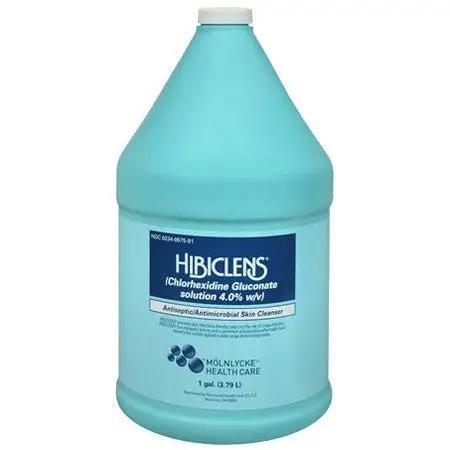 Save 16%
Save 16%
Hibiclens Antiseptic Skin Cleanser Gallon Container is an antimicrobial, bactericidal cleanser designed to kill bacteria on contact. Great for scho...
View full details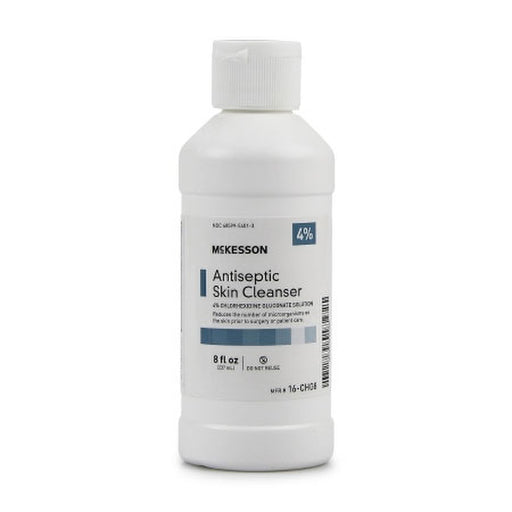 Save 12%
Save 12%
McKesson Antiseptic Skin Cleanser Contains 4% CHG (Chlorhexidine Gluconate) Compare to active ingredient in Hibiclens Reduces the number of microo...
View full details Sale
Sale
DYNA-HEX 4 Chlorhexidine Gluconate is a topical antiseptic solution that contains the active ingredient chlorhexidine gluconate 4%. It is commonly ...
View full details Save 19%
Save 19%
Hibiclens Packets 15 mL Chlorhexidine Gluconate 4% Antimicrobial Antiseptic Skin Cleanser is a solution used for cleansing and disinfecting the ski...
View full details Save 35%
Save 35%
Chlorhexidine Gluconate Skin Antiseptic Cleanser (CHG) 4% is a solution containing 4% chlorhexidine gluconate, a chemical compound that is used as ...
View full details